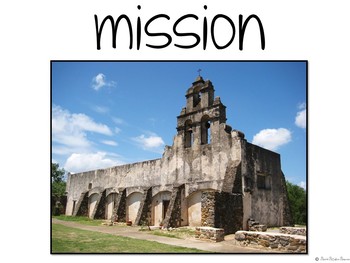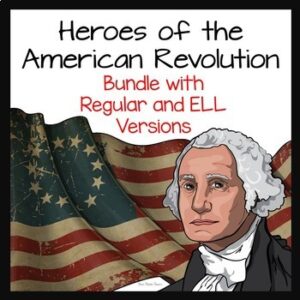Description
Buy them both and save! This bundle includes both the regular ed version and the modified version of a Missions of Texas activity.
What lasting impact did the establishment of the Spanish missions have on Texas? Your students will explore this essential question in a reading and visual activity.
Students will begin the activity by examining images associated with the Spanish mission system and answering visual analysis questions. They will then work with a partner to read about the Spanish mission system and answer discussion questions. They will use a Cartoon Notes graphic organizer to take notes. The activity concludes with a mosaic assignment. This resource includes embedded Interactive Student Notebook assignments with a preview, graphically organized notes, and a processing assignment.
Products in this Bundle:
MISSIONS OF TEXAS WITH DOODLE NOTES FOR TEXAS HISTORY 7TH GRADE
MISSIONS OF TEXAS WITH DOODLE NOTES MODIFIED FOR ELL
With this activity, you will receive:
–teacher directions and tips to conduct the activity
-a PowerPoint presentation with images to analyze and guide you through the activity
–Word Wall terms with images for: mission, presidio, convert, architecture, irrigation, and friar
-an 4 page reading on the following topics: History and Purpose of the Missions, Missions of Texas, Life in a Mission, and the Legacy of the Spanish Missions
–Cartoon Notes graphic organizer for note taking
-directions for a processing mosaic assignment.
Download the preview for more a sample of the resource. Modified version includes modified text and sentence stems.
***************************************************************************
© 2018 Social Studies Success. This purchase is for you and your classroom. Duplication for an entire school, an entire school system, or for commercial purposes is strictly forbidden. Please have other teachers purchase their own copy. If you are a school or district interested in purchasing several licenses, please contact me for a district-wide quote.
7th Grade TEKS:
(1) History. The student understands traditional historical points of reference in Texas history. The student is expected to:
(A) identify the major eras in Texas history, describe their defining characteristics, and explain why historians divide the past into eras, including Natural Texas and its People; Age of Contact; Spanish Colonial;
(B) apply absolute and relative chronology through the sequencing of significant individuals, events, and time periods; and
(C) explain the significance of the following dates: 1718, founding of San Antonio;
(2) History. The student understands how individuals, events, and issues through the Mexican National Era shaped the history of Texas. The student is expected to:
(C) identify important events and issues related to European colonization of Texas, including the establishment of Catholic missions, towns, and ranches,
(9) Geography. The student understands the location and characteristics of places and regions of Texas. The student is expected to:
(C) analyze the effects of physical and human factors such as climate, weather, landforms, irrigation, transportation, and communication on major events in Texas.
(10) Geography. The student understands the effects of the interaction between humans and the environment in Texas during the 19th, 20th, and 21st centuries. The student is expected to:
(A) identify ways in which Texans have adapted to and modified the environment
(11) Geography. The student understands the characteristics, distribution, and migration of population in Texas in the 19th, 20th, and 21st centuries. The student is expected to:
(A) analyze why immigrant groups came to Texas and where they settled;
(19) Culture. The student understands the concept of diversity within unity in Texas. The student is expected to:
(C) identify examples of Spanish influence and the influence of other cultures on Texas such as place names, vocabulary, religion, architecture, food, and the arts; and
(21) Social studies skills. The student applies critical-thinking skills to organize and use information acquired through established research methodologies from a variety of valid sources, including electronic technology. The student is expected to:
(A) differentiate between, locate, and use valid primary and secondary sources such as computer software, databases, media and news services, biographies, interviews, and artifacts to acquire information about Texas;
(B) analyze information by sequencing, categorizing, identifying cause-and-effect relationships, comparing, contrasting, finding the main idea, summarizing, making generalizations and predictions, and drawing inferences and conclusions;
(C) organize and interpret information from outlines, reports, databases, and visuals, including graphs, charts, timelines, and maps;















Reviews
There are no reviews yet.